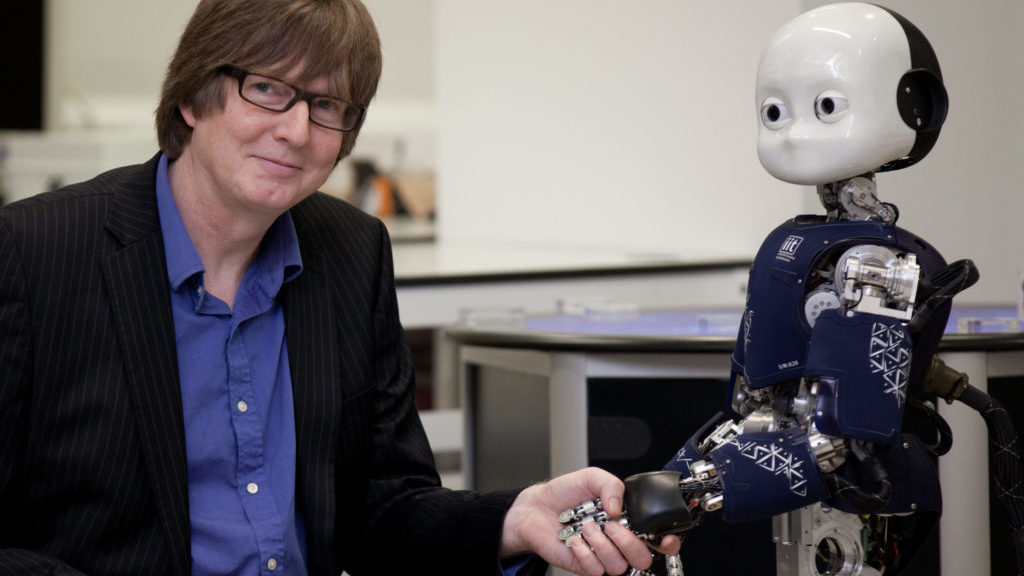Do robots have a role in care?

William Walter, managing director of specialist adult social care PR consultancy, Townsend Communications, interviews academic and author Tony Prescott, professor of cognitive robotics at The University of Sheffield and director of Sheffield Robotics on the future role of robots in a care setting.
What advantages do robots offer relative to humans in a care setting? Has the pandemic and ongoing staffing crisis helped drive attention to the benefits of robotics?
Both the workforce crisis and the pandemic have helped to focus attention on the practical applications of robots in social care. They can minimise the transmission of infections. In terms of staff shortages, a typical care visit is about 15 minutes. In that time a carer may need to prepare food or help somebody go to the bathroom. Robots can be used to optimise the time that human carers have looking after people.
In the short to medium term, they will provide elements of the smart home: beds that turn into chairs; tables that come to you; and kitchens that prepare food automatically. They can help to take on some of the carer’s functions freeing up their time for social and communicative interactions that robots are less good at.
Longer term, are we likely to see artificial intelligence-driven, intelligent humanoids provide emotional and social care that humans currently offer?
It’s a good question. We can already see examples of animal-like robot companions that provide some of the social equivalence of a pet. Human- like AI companions, such as Alexa, are becoming more sophisticated. But the practical challenges of building synthetic humanoids are huge. They’re large and take up a lot of space. Safety is a big issue. Instead, we should focus on the tasks humans do poorly that robots can do better. We should concentrate
Is the government investing enough into robotics?
No. Of the UK research and innovation budget, about 1% goes into robotics and, of that, less than a quarter into social care robots. This underinvestment is short- sighted. The cost of putting people into care homes is much higher than having them live independently. Hospital stays are higher still. We should try to keep people in their homes for as long as possible and have people move out of hospital as soon as possible and into care homes. Robotics can play a vital role. The Emergence Network is doing great work ensuring resources are used effectively by fostering collaboration between teams working on common problems.
What are the key challenges we need to overcome before we’ll see the widespread application of robotics in a care setting?
Social intelligence and physical robot-human interactions are significant hurdles. Another is ‘scene awareness’. A robot in your home needs to know where it is. It needs to know what’s around it. It needs know that you are there. It needs to know what task it’s trying to do. Current AI capabilities aren’t sophisticated enough to provide this kind of information. However, what we can do in the near term is have robots switch between being autonomous and remotely operated, so that humans can help the robot perform certain tasks.




